Liquorice (Glyzyrchiza glabra), also dulce (rum), miyam bala (from Turkish) is a perennial herb with a short, thick rhizome and a highly branched root system. Its roots reach several meters in length and the stems are up to 1 m tall and upright.
Liquorice has short 5-20 cm stalks, ovate to elliptic. Blooms with pale violet flowers, gathered in grape- like inflorescences, the fruit is 2-3 cm long, look like linear oblong, flattened beans.
Liquorice blooms in June and July. Grows best in dry grassy places.
For therapeutic purposes, use plant roots unpeeled (Radix glycyrrhizae naturalis) or peeled (Radix glycyrrhizae mundata). Unpeeled roots are brown on the outside and peeled ones are light yellow or brownish-yellow. They have small remnants of crust and their surface refraction is bright yellow and fibrous.
Liquorice is odorless and its taste is sweet and slightly stingy, due to glycyrrhizin. It is said that Avicenna treated people with liquorice for illnesses and complaints as documented in the 12-19 century.
Licorice is used in conjunction with your existing ingredients in the food, beverages, confectionery, and the paint industry. Finely crushed fine powder of the sweet root - ie. pulvis Liquiritiae, is also used extensively in the pharmaceutical industry and as a basis for making pills to make them stick together and to improve the taste of medicines.
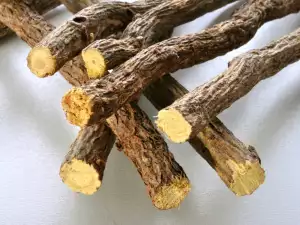
Chemical composition and nutrients in liquorice
Liquorice contains 6-12% glycyrrhizin, which provides the sweet taste of the root and allows the whole therapeutic action. Glycyrrhizin is 50 times sweeter than sugar. It is calcium-potassium salt of glycyrrhizin acid, which is in the group of triterpene saponins.
Moreover, liquorice has a number of substances such as flavonoids, glucose, sucrose, mannitol, starch (25-30%), essential oils, asparagine, sterols and more. Contains licviricin whose aglycone has antispasmodic action, bitter substances, starch, tannins and coumarins.
Besides roots and administration, an evaporated water extract from them is compressed - Succus Liquiritiae, which has a similar composition. The most important pharmacological properties of liquorice is its expressed inflammatory action terminating inflammatory reactions caused by histamine and serotonin.
Storage of liquorice
Keep the herb in dry and cool areas to which there is no direct access to light and moisture.
Benefits of liquorice
The usable part of liquorice roots is underground and its branches, which are removed in the spring, between March and April. Traditional medicine has for centuries used liquorice for medicinal purposes. It has expectorant and mucous membranes with softening action that accelerates the healing of wounds, and has antihistamine properties.
With liquorice, you can treat all types of bronchitis, bronchial breathing, ulcers and inflammation of the stomach lining or gastritis. Antiulcer activity of drugs (rhizome) is due to it having a glycyrrhizin glucocide.
In folk medicine, the liquorice root is used for inflammation, sand and stones in the kidneys and bladder, to undo hoarseness, early tuberculosis and others. Mixed with shepherd's purse, it is used in breathing problems, constipation and difficulty urinating.
Liquorice along with other herbs is good to drink with coughs. Ground liquorice root can be rubbed on sores. In folk medicine, liquorice is used in trouble urinating because of prostate adenoma.
Safe dosage: 1 tablespoon chopped roots, pour 500 ml of water and boil for 10 minutes Take 1 cup before eating four times a day.
Liquorice is used in the form of
- Tincture – for rheumatoid arthritis and allergic conditions such as digestive stimulant or lung diseases. Prescribed for inflammation of the stomach and to stimulate adrenal function after steroid therapy, also used to disguise the taste of other medicines.
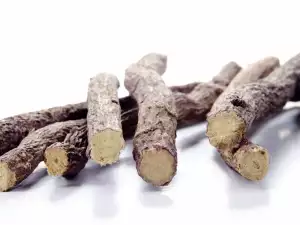
- Potion - 2-3 tablespoons of the drug is added to 500ml of boiling water. Boil 15 minutes and let stand for 2 hours. The decoction is strained and taken three times daily after meals. Used to reduce gastric acidity in ulcers.
- syrup - made from a decoction and used as an emollient, expectorant in asthma and bronchitis.
Liquorice acts as a stimulant of the adrenal cortex and pancreas. Its healthy properties - anti-inflammatory, being anti-arthritic, antispasmodic, antiulcer, antimalarial, antibacterial, antiviral, this makes it a valuable health herb.
Liquorice is an antioxidant and antidiuretic and it helps digestion, to soothe the stomach lining. It acts as a stimulant to the immune system, lowers blood cholesterol. It has a mild laxative effect and protects the liver. It is claimed that Licorice may protect from radiation exposure.
Dangers of liquorice
Prolonged use of liquorice roots leads to increased blood pressure, fluid retention, edema, appearance of sexual disorders, in other words, loss of libido.
Drugs with liquorice can cause retention of sodium in the body and swelling, so it should not be used long without medical supervision. However, if you use liquorice, observe whether or not you are retaining water. It is contraindicated in the presence of chronic liver disease, severe renal failure and diabetes.
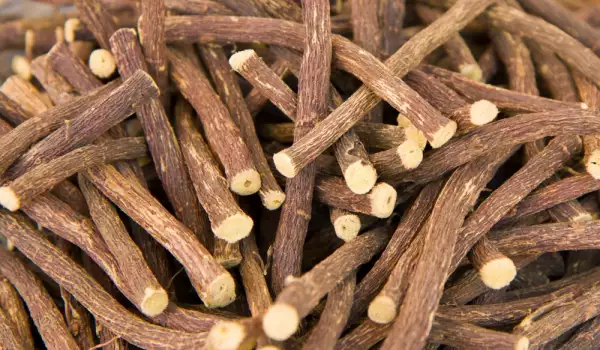
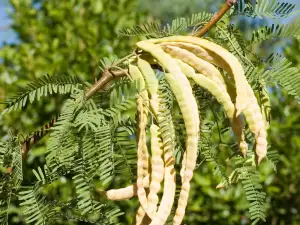
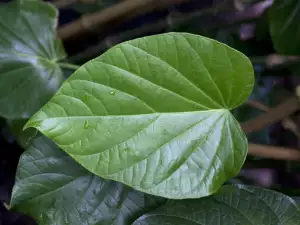
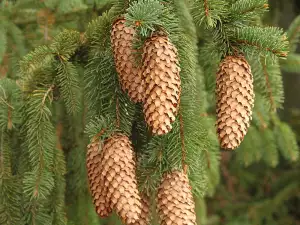
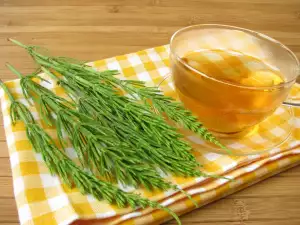
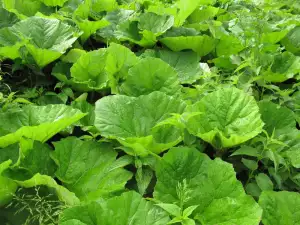
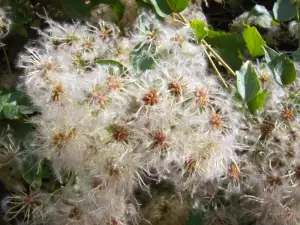
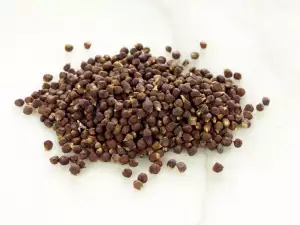
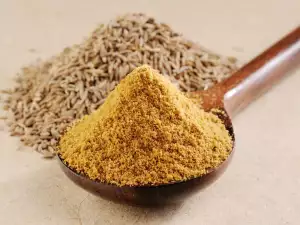

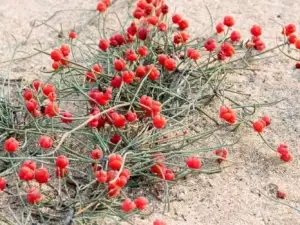
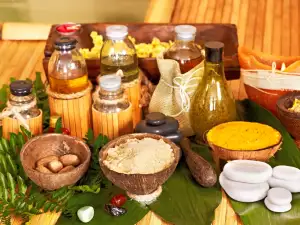
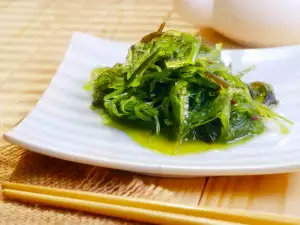
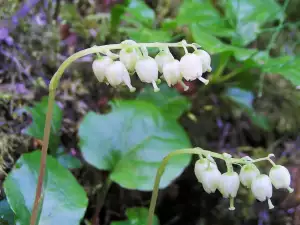
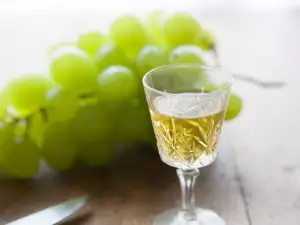
Comments